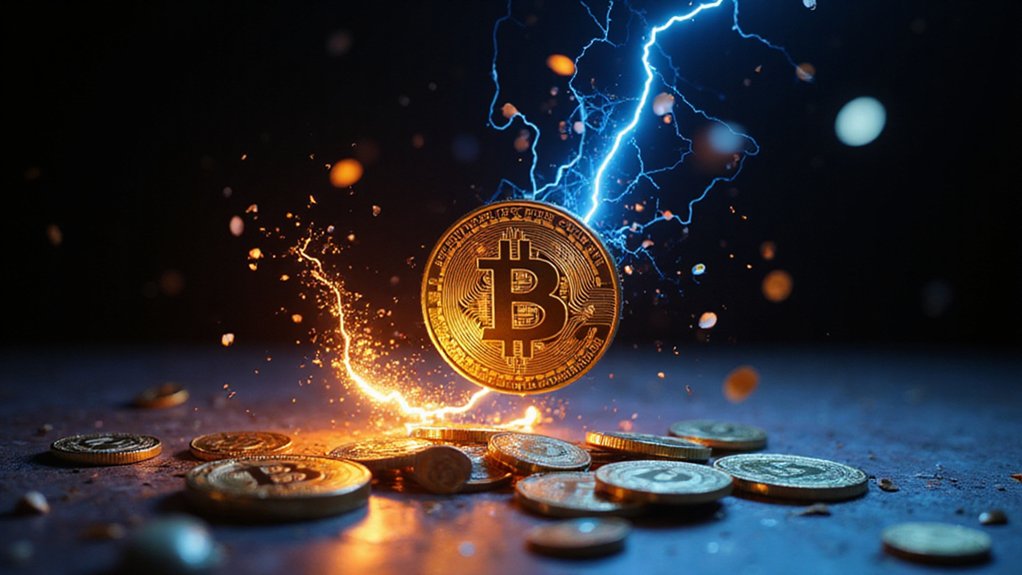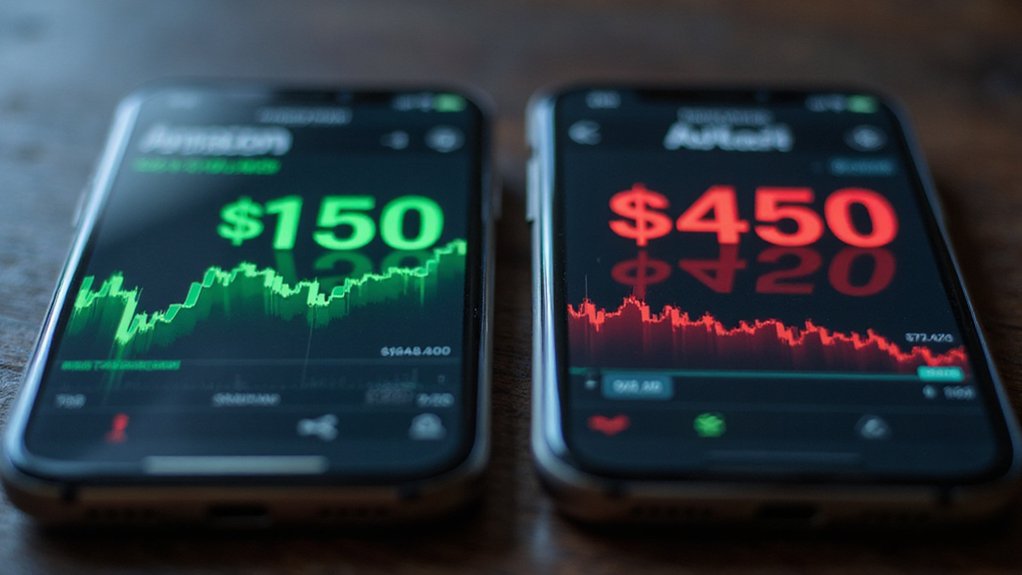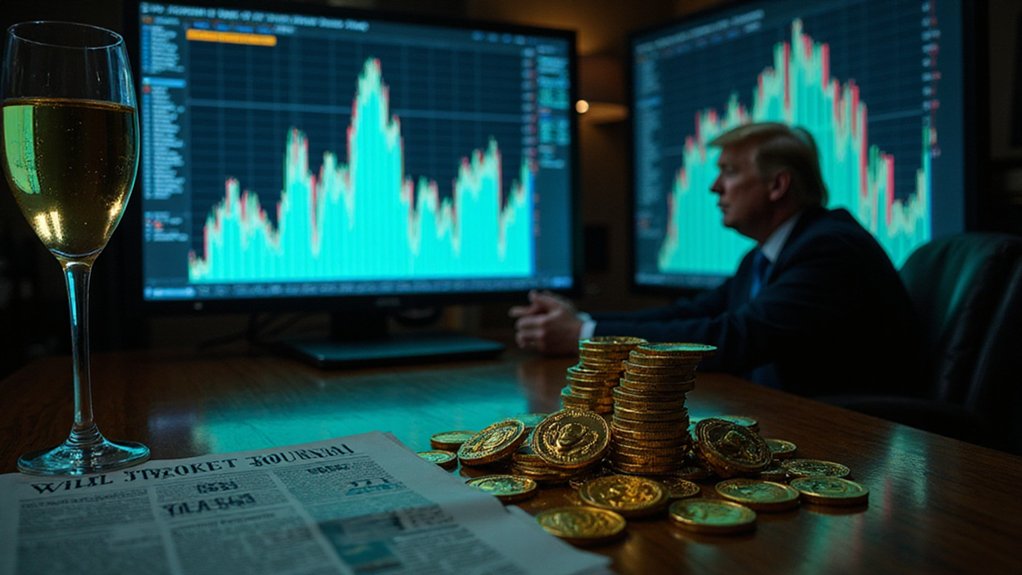While traditional financial markets grapple with inflation concerns and geopolitical uncertainties, the memecoin sector—that peculiar corner of cryptocurrency where dog-themed tokens and cartoon penguins command billion-dollar valuations—experienced a remarkable 29% surge in July 2025, catapulting its collective market capitalization from $55 billion to $72 billion.
This $17 billion monthly increase wasn’t merely another bout of crypto volatility; it represented a sustained rally driven by concurrent surges in Ethereum and Solana, the latter capturing approximately 60% of memecoin trading volumes thanks to its low fees and rapid transaction speeds. The phenomenon suggests that what began as internet jokes have morphed into legitimate financial instruments, albeit ones whose value propositions remain delightfully straightforward: community enthusiasm and speculative fervor.
Leading performers showcased the sector’s capacity for eye-watering returns. Bonk recorded a staggering 72% gain, while Pudgy Penguins climbed 58% and Floki surged 45% within a single week. Even established players like Dogecoin, Shiba Inu, and Pepe registered notable appreciation, proving that longevity in memecoins—measured in years rather than decades—carries tangible advantages.
The memecoin sector delivered spectacular weekly gains, with Bonk soaring 72% and Pudgy Penguins climbing 58% in days.
Trading dynamics revealed unprecedented liquidity, with daily volumes exceeding $18 billion at peak moments and maintaining above $17 billion consistently. This liquidity surge indicates renewed appetite for high-volatility assets among investors who apparently find traditional risk-adjusted returns insufficiently thrilling. Memecoins now account for 15% of global crypto trading volume in Q1 2025, highlighting their significance in the broader cryptocurrency market.
The underlying drivers remain predictably modern: social media hype across Twitter and Telegram, combined with attractively low entry points that make a $0.00001 Shiba Inu token psychologically appealing to retail investors. Key opinion leaders continue wielding disproportionate influence over valuations, transforming casual tweets into market-moving events. Unlike Bitcoin’s relatively predictable fluctuations, memecoins exhibit triple-digit percentages in price swings that can occur within hours based on social media influence.
Broader adoption trends support this growth, with crypto ownership rising from 18% to 24% in the UK and reaching 28% in Singapore. The Trump administration’s Strategic Bitcoin Reserve launch in March 2025 provided institutional legitimacy that, while not directly endorsing memecoins, created a more favorable regulatory environment for cryptocurrency speculation generally. Major companies like Walmart and Amazon are exploring stablecoin launches, potentially creating additional infrastructure that could benefit the broader crypto ecosystem.
This convergence of governmental support, technological infrastructure improvements, and social media amplification has transformed memecoins from cultural curiosities into a $72 billion market segment—a development that simultaneously validates crypto’s democratizing potential and highlights modern finance’s increasingly surreal character.









